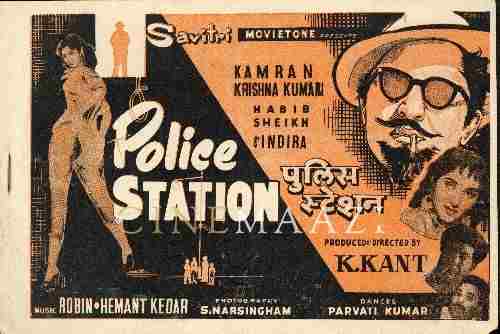In Bombay recently chairing the jury of the international children's film festival, Satyajit Ray talks about making films for children.
Mr. Ray, would you comment on the general quality of children's films?
Satyajit Ray: The trouble is that many children's films are childish films. They're talking down to children. I think a child is capable of great discernment and has far more intelligence than an adult will grant him. A children's film can speak at various levels. It can be a subtle film, a sophisticated film, yet have a quality of great simplicity.

Doesn't that depend on the age group you want to reach? For very young children I suppose you have to come down to their level.
Yes, but it depends how you come down. Take the Disney films-Pinocchio or Snow White-which are suitable for even the youngest age groups. But I can enjoy Pinocchio again today because of the quality of imagination and invention that went into it. Obviously being an adult you can only feel for the child from an adult point of view. You can't reduce yourself to the level of a four-year old. You retain your insight into the child's mind but you remain an adult while making the film.
Perhaps to reach down to their level...
That requires a special kind of understanding of the child's mind. It's almost an instinct. Not everybody possesses it.
.jpeg)
Do 'good' and 'bad' need to be clearly defined for children?
I think an adult can understand a complex character with shades of grey whereas for a child a certain element of simplicity is needed. Again one has to bear the classics in mind, stories that have appealed to children over generations. Take Robin Hood. You know Robin is the character to identify with, you admire certain qualities in him, and you know that the chaps on the other side are villains essentially, but you can still paint them in fairly subtle, witty ways. You don't have to make them larger than life. I think the quality of wit is very important.
Isn't wit perhaps too subtle for young children?
I don't know about that I've seen a lot of what are ostensibly children's films in which the humour is overplayed. I don't think that's necessary. The child may have his belly laughs and enjoy it but I think it's the duty of an artist to begin to instil a sense of good taste. It's the responsibility of writers to children, of film makers to children.
The danger is that it's very easy to please the child. They hanker after entertainment. They want to be pleased. They want entertainment for its own sake whereas a film should also aim at educating the child without his being aware of it.
How necessary do you think is the slapstick element?
I think that could be part of it. For instance the circus, clowns. These are fundamental things that a child's mind would immediately react to. And why not?
I think when it's a circus scene even the child is seeing the actors as performer whereas when you bring the slapstick element into a home or street environment it's a different question altogether.
It's a question of style again, whether the slapstick forms a natural part, whether it flows into the action. Take Chaplin, or Buster Keaton. At their best they make absolute use of the slapstick form. They are clowns placed in human situations, situations that the child can understand, appreciate. And they also speak at another level to adults.
But slapstick is not the only genre. There are fairy tales, cops and robber stories, adventures, fantasies... I think wish fulfilment is very important for children.
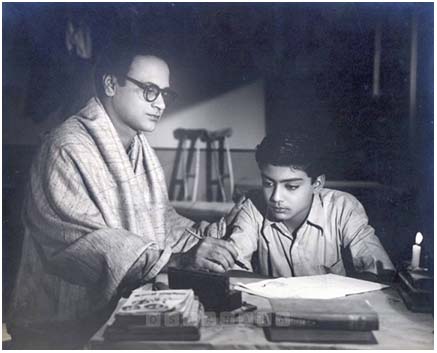
When you're talking of wishfulfilment do you mean that the films should end on a happily-ever-after note?
Certainly they should go back feeling happy. Let them be tense and anxious during the film but let the tension and anxiety be relieved at the end. Of course crying can also make them happy but unless there's a very good and logical reason for ending on such a note I would prefer a happy film for the younger age group.
The Japanese film "Thumbelina" portrays a swallow who is dead for three days being revived by Thumbelina's efforts. Don't you think this romanticizes death unrealistically in the young mind?
It depends on how they have reacted to the swallow in the first place. The story makes it quite clear that it is the warmth .of the girl's tears that brings back the heartbeat. Rather a nice poetic point, I thought. The director is trying to say that the quality of warmth, of feeling for somebody, is able to revive something.
What about the element of fear?
From my own childhood memories I think I rather enjoyed horror for its own sake. Oh, you're frightened, but as long as there's relief at the end you enjoy being frightened.
Our own Bengali folk tales consist of demons and goblins and very fierce creatures. The conventional situation would be a king with two queens, Shuo-rani and Duo-rani, and the Duo-rani would be the queen the king would love when in fact she would turn into a monster in the middle of the night and grow long teeth and go hunting, and eat animals in the forest, and that sort of thing. We enjoyed it all because the story never ended on that note of horror It was always dissipated at the end.
I'm just wondering whether horror is easier to take when there are demons and goblins which are not part of the child's actual environment.
That right.
.jpeg)
Whereas when you portray horror, say in a war film, where the characters are real human beings experiencing what children perceive as real situations, the impact is different.
Absolutely. It shouldn't be too close to life. Horror on a fantasy level is acceptable because it's a make-believe world. They accept anything in a make-believe world. And they would like the make believe world to be as different as possible from the world of reality.
What about films that convey a moral, an ideology?
A simple moral. Very, very simple. It should not be didactic at all. The film should leave the child with a feeling of glow, and that glow he cannot dissociate from a moral attitude. They should feel that the right people have done the right things and therefore they are happy.
What about 'open' endings?
That's more an adult concept. The children like to take some thing concrete back with them. With an open end they're kind of left in the air
How could the critical faculties of the younger generation be developed?
The trouble is that here children are so deprived that whatever you give them they'll start by accepting it. It may be that once in three years you have a children's film. So they'll all go and they'll all come out thinking they're happy because something has been made especially for them.
But if they were given 20 films to choose from then the question of quality would become important. They would start comparing, reject a few, accept others. That situation has not come and is not likely to come as far as I can see.
This article was published in 'Filmfare' magazine’s January 16-31 eddition, 1980 as an interview with Satyajit Ray by Meher Pestonji.
165 views



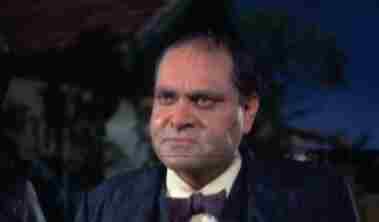


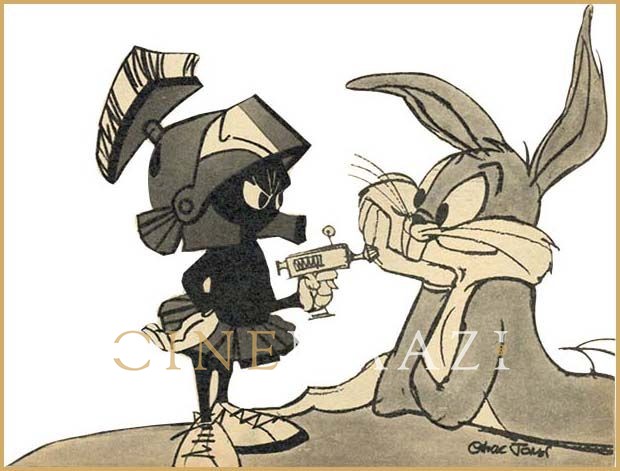
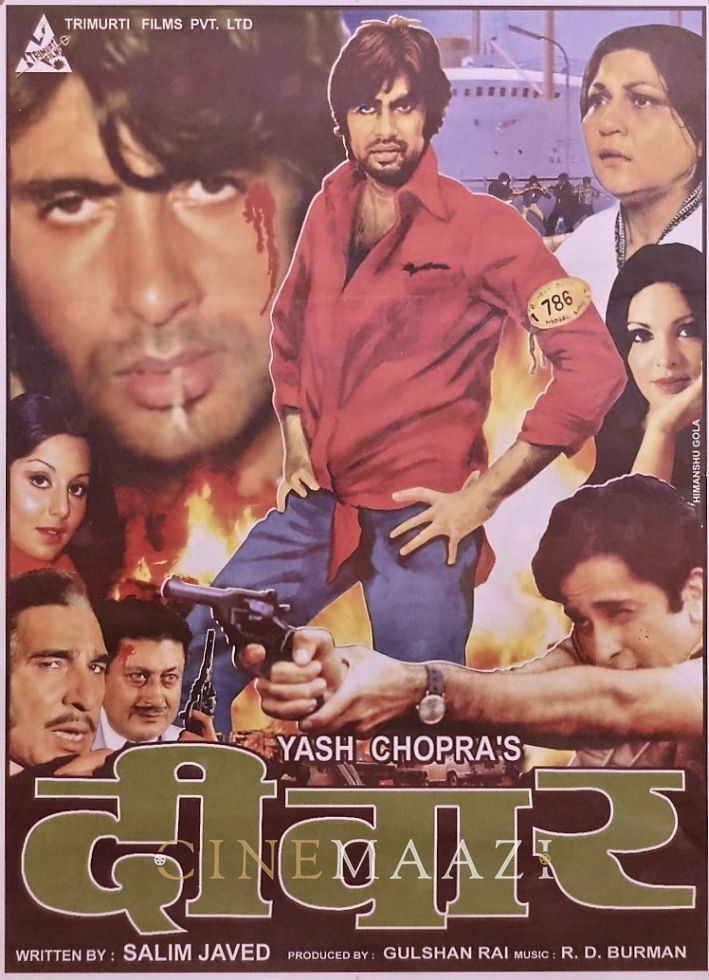
.jpg)

